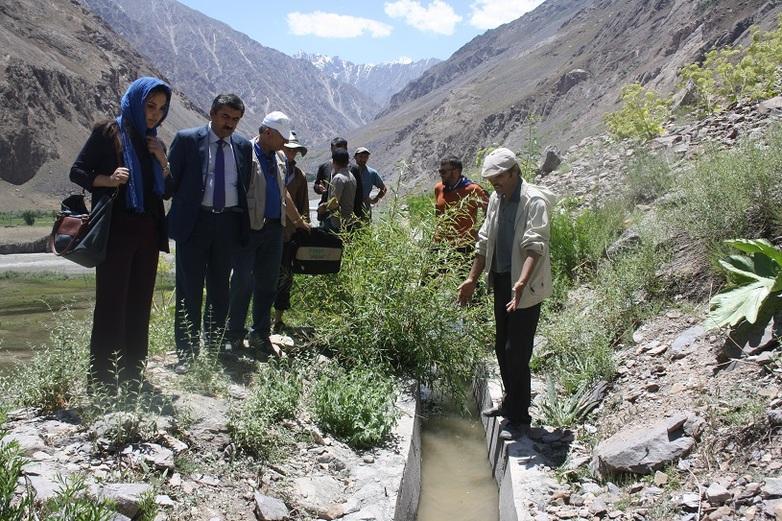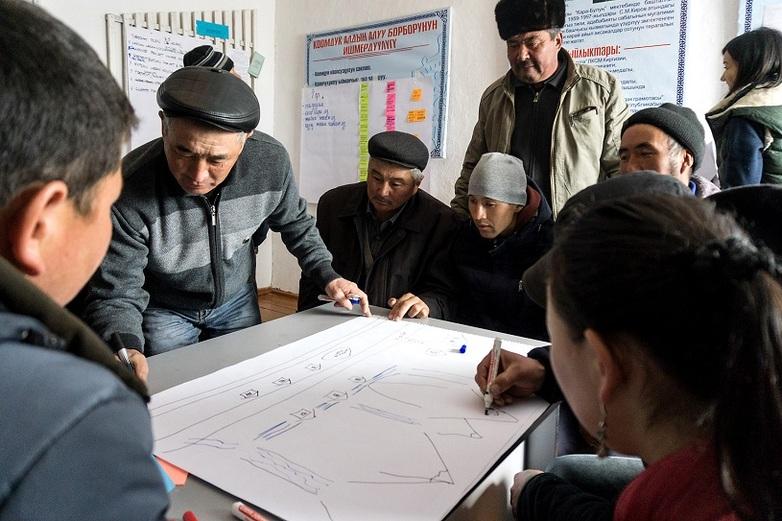Approach
The project is part of the German Government’s International Climate Initiative (IKI). It aims to introduce an ecosystem-based approach to climate adaptation, in which people continue to use natural resources to secure their livelihoods without harming the environment. This will ensure that ecosystems can provide long-term services important to people’s survival. The project is active in five pilot regions in Kazakhstan, Kyrgyzstan and Tajikistan. It starts with comprehensive assessments of the status of the ecosystems most important to local people in the pilot regions, and an analysis of possible developments, taking into consideration different climate change scenarios.
The projects work in close cooperation with a number of local and international partners, including the Central Asian Mountain Partnerships (CAMP) Alatoo and Tabiat, the Mountain Societies Research Institute of the University of Central Asia, the Michael Succow Foundation, the German Research Centre for Geosciences, Humboldt University and UNIQUE Forestry & Land Use GmbH. The project also cooperates with the World Wildlife Fund US and the United Nations Development Programme (UN Environment).
Results
Interactive workshops are held in the pilot regions. Participants from local villages consider future climate scenarios, analyse adverse climate impacts on their livelihoods, and propose measures to help adapt to these challenges. Measures are tested, implemented and monitored, even after completion of the project, as they are integrated into local development plans.
A number of capacity building measures focusing on integrating ecosystem-based approaches into national policies and green economy concepts are conducted for national and regional partners in the three countries. Government officials take part in consultations related to the climate, and national government authorities contribute to international negotiations on the climate. This includes the negotiation of their countries related to prospective (Intended) Nationally Determined Contributions.
The work of the project furthermore emphasises environmental education for children and youth, using ‘citizen science’. In schools of mountain communities, the project introduces interactive courses in which, for example, teachers and pupils monitor the quality of water in lakes and rivers or observe plant phenology while connecting it to observed weather and climate changes.

